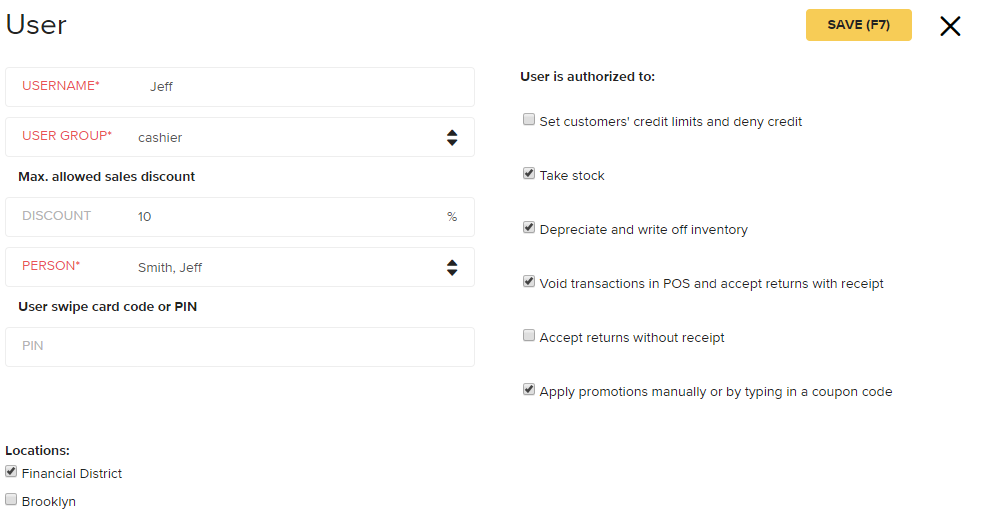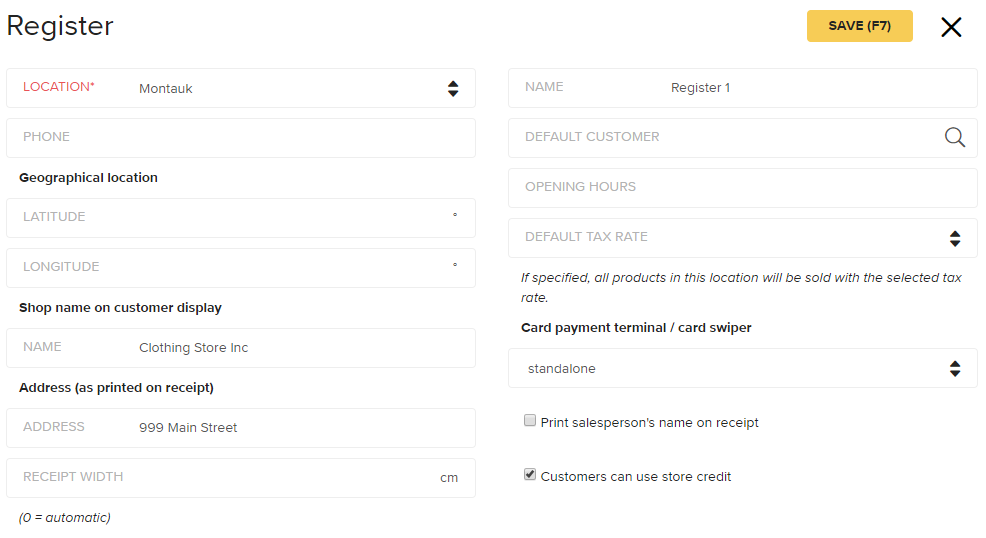Even if you’re a seasoned retailer, it’s possible you may be performing certain POS practices that would put you on Santa’s naughty list. Committing these errors may even sabotage your data collection, which means you don’t have a clear view of your store’s performance --- then how would you make the correct decisions for inventory and other store concerns? To best get control of your store’s inventory, money management, and sales figures, you need to have a process in place or your reports won’t allow you to have a good picture of your store’s performance. Before we end 2017, take this time to assess whether you’re making horrible mistakes in the way you run your POS system -- then correct them with our helpful suggestions.
Don’t combine your multi-channel inventory
Inventory control is one of the most important aspects of a POS, but the data, counts, and records you get from your system depend on how you set it up. Our first bad retail behavior is combining inventory from different channels together in the system. Combining different channels hampers the way you assess store productivity. Your store inventory and your online inventory are different, so why are you grouping them into one summary together?Revamp your inventory process and organize them into different areas with respective inventory counts or else you’ll risk an incorrect stock report. Just imagine a scenario where one of your online shoppers wants to purchase a hot-ticket item. Then at the same time the online order is syncing over to the POS system, an in-store customer is trying to purchase that exact same item, standing at the register with it in-hand. According to the POS, the item is shown “in stock,” but the online shopper already made the purchase. Your stock quantity for the item will now show -1, so you will need to do one of the following since you have 1 of the item.
1)
Deny the in-store customer the item
2)
Process a refund for the online shopper’s purchase
Either choice you make in this scenario, one of your customers will be disappointed, and your business’ inventory isn’t accurate. Now if you have high amounts of inventory, and they’re all combined in one central inventory report, then you’ll risk the chance of this scenario happening multiple times. Avoid mistakes like these by separating your inventory by channel and correct your bad retail behavior.
Don’t let employees use the same login
A POS system is a godsend for your employees to seamlessly transition from one shift to another, but did you set it up correctly? You may have upwards of 5 employees or more using your POS system and all of those individuals shouldn’t be sharing a login. Letting employees share one login is bad news for your data collection and tracking of employee performance. You can use your POS system for more than just tracking your sales, methods of payment, and customer data because it’s also a great system for tracking employee activities. Employee tracking can be highly detailed, with your cloud POS letting you see how you may need to correct or reward your employees based on their sales and other data.
Erply manages both your employees and their user rights.

Not just their logins, but which actions they are authorized to take.

In Erply you can even create different user groups with different access rights.
Stop using the same “register” on every machine in your business
A robust cloud POS is made for more than one register across your machines but many retailers may not opt to set up individual registers in the system. You may think it is too complicated to set up and not really necessary to use more than one generic register. However, if you use one standard register, you lose valuable opportunities to gather more detailed data on your store’s performance. You must differentiate between the different registers within your POS system.Not only is this a bad retail behavior to engage in, but if you use the same account throughout all of your machines, then every single one is going to have the same receipt numbers. If the receipts all have similar or identical numbers, you won’t be able to tell which receipt is which when you review them. Streamline your accounting, reports, and receipts by having multiple register accounts -- you still have the ability to view them all at once for an overall picture.

In Erply, you can create a new register in just a few minutes from the “Retail Chain” tab.

Each register has options for receipt information, salesperson info, tax rates, and more.

In Erply you can organize products and services into groups and subgroups. Set things up in a way that lets you analyze your sales patterns most effectively.
You have a business that’s poised to succeed in 2018, so before you start the new year, make sure you’re not committing any of these bad retail behaviors with inventory, register management or employees. You have the ability to correct any errors and set yourself up for a clean slate in the next quarter, plus improve your data collection process.